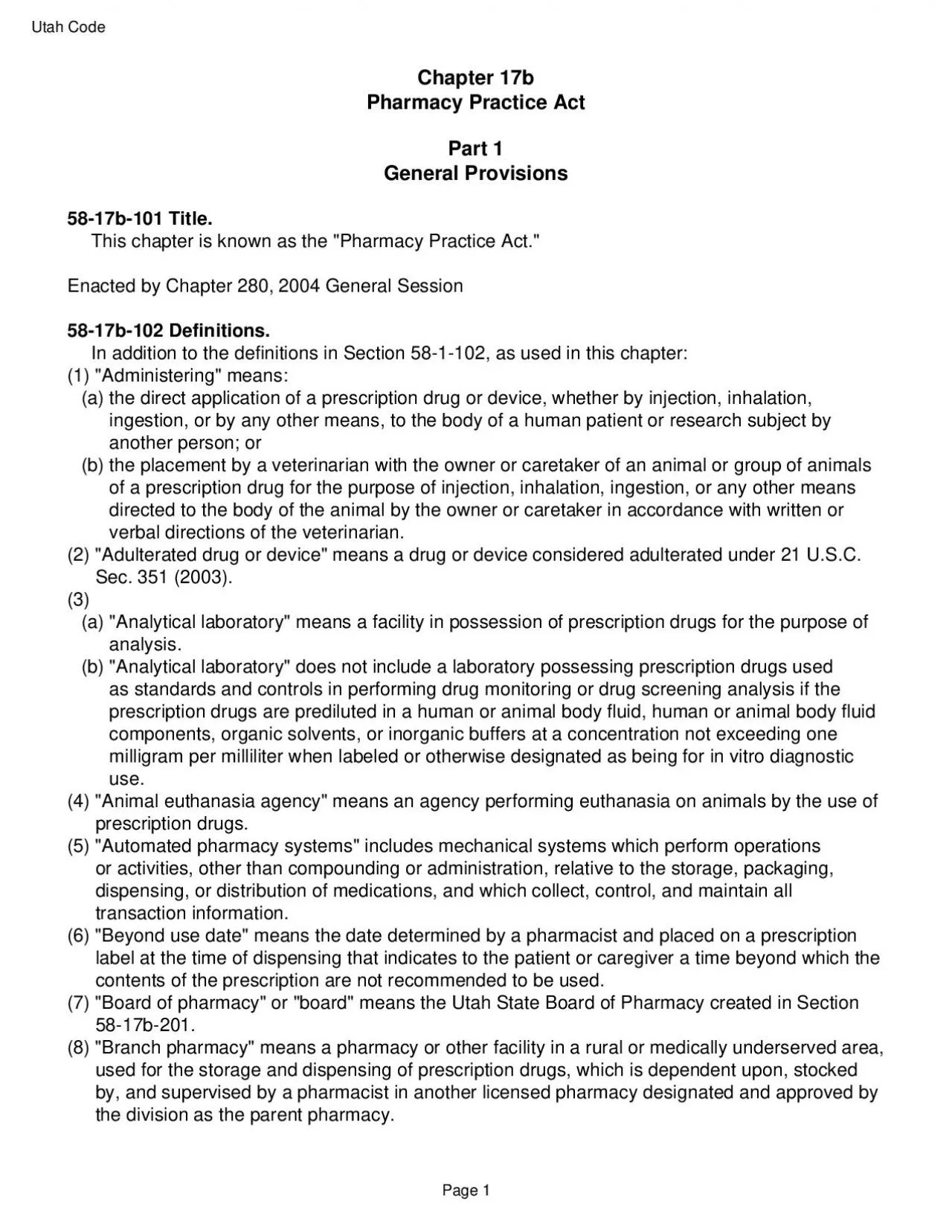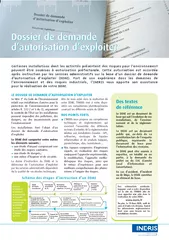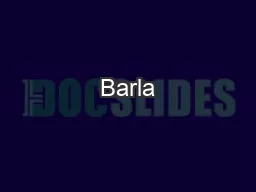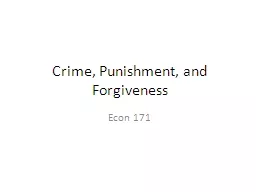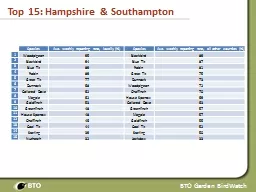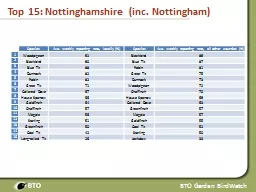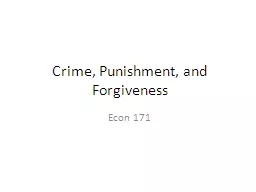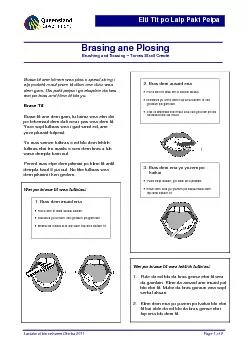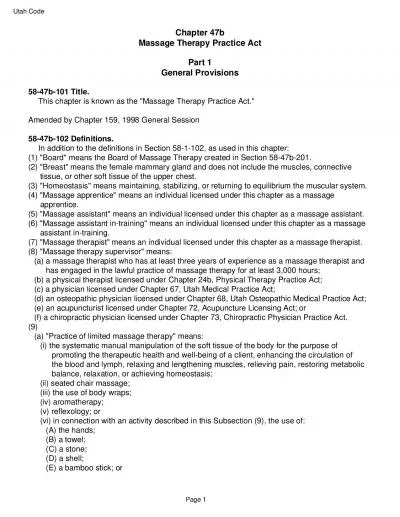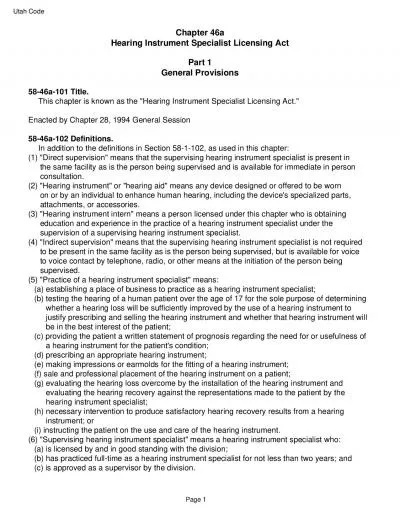PDF-Chapter 17bPharmacy Practice ActPart 1General Provisions5817b101 Tit
Author : stella | Published Date : 2021-09-27
Utah CodePage 11 Administering meansa the direct application of a prescription drug or device whether by injection inhalationingestion or by any other means to the
Presentation Embed Code
Download Presentation
Download Presentation The PPT/PDF document "Chapter 17bPharmacy Practice ActPart 1Ge..." is the property of its rightful owner. Permission is granted to download and print the materials on this website for personal, non-commercial use only, and to display it on your personal computer provided you do not modify the materials and that you retain all copyright notices contained in the materials. By downloading content from our website, you accept the terms of this agreement.
Chapter 17bPharmacy Practice ActPart 1General Provisions5817b101 Tit: Transcript
Download Rules Of Document
"Chapter 17bPharmacy Practice ActPart 1General Provisions5817b101 Tit"The content belongs to its owner. You may download and print it for personal use, without modification, and keep all copyright notices. By downloading, you agree to these terms.
Related Documents

